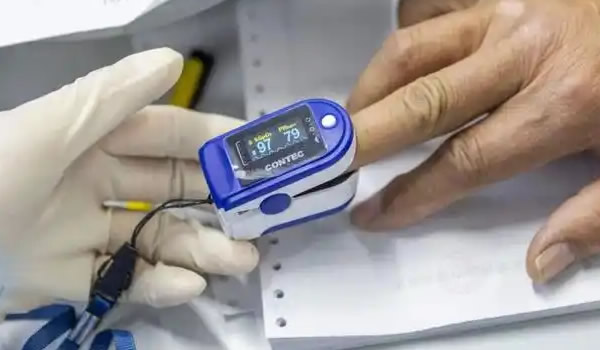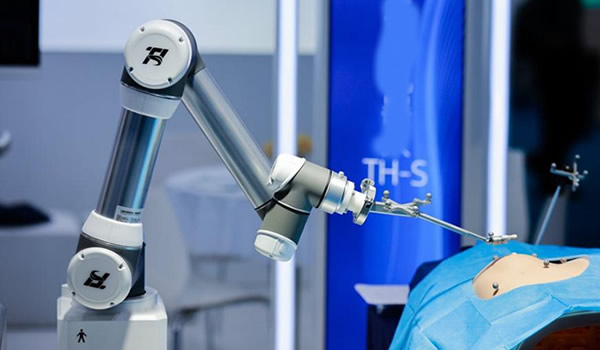Alzheimer’s disease and other dementias are among the fastest-growing health challenges in Asia, driven by rapid population aging. With no definitive cure yet, treatment focuses on slowing progression, managing symptoms, and supporting patients and caregivers. This article explores dementia treatments in Asia, including approved drugs, care models, lifestyle interventions, and promising emerging therapies.

Dementia in Asia: The Growing Burden
- Global statistics: Over 55 million people worldwide live with dementia.
- Asia’s numbers: China: More than 15 million dementia cases (largest in the world). Japan: Nearly 7 million cases, with projections to double by 2050. India & Southeast Asia: Rapidly increasing prevalence due to aging and low diagnosis rates.
- Economic cost: Billions in healthcare and lost productivity; heavy burden on families.
Approved Drug Therapies
Cholinesterase Inhibitors
- Donepezil, rivastigmine, galantamine.
- Improve neurotransmitter activity, modestly slow decline.
- Widely used across Asia; generics available in India and China.
NMDA Receptor Antagonist
- Memantine for moderate to severe Alzheimer’s.
- Helps with cognition and daily functioning.
Limitations
- Drugs do not cure the disease.
- Benefits are temporary and vary between patients.
- Access uneven across low-resource Asian countries.
Emerging Drug Therapies
- Aducanumab (anti-amyloid antibody): Approved in the US, debated globally. Trials expanding in Japan and China.
- Lecanemab: Showing promise in slowing cognitive decline; early trials in Asia.
- Other clinical trials: Ongoing across Singapore, South Korea, and India for disease-modifying drugs.

Non-Pharmacological Treatments
Cognitive Training
- Memory exercises, puzzles, and structured activities.
- Cognitive stimulation programs widely implemented in Japan and Singapore.
Lifestyle Interventions
- Diet: Mediterranean and DASH diets reduce risk.
- Exercise: Tai chi, yoga, and aerobic activities shown to support brain health.
- Sleep management: Linked to slower decline.
Assistive Technology
- GPS tracking devices for safety.
- AI-powered cognitive apps in China and South Korea.
Dementia Care Models in Asia
Japan: “Community-Based Integrated Care”
- Dementia cafés, memory clinics, and nationwide awareness programs.
- Training for caregivers embedded in local health systems.
China: Rapid Expansion of Care Facilities
- Growth in nursing homes and dementia centers.
- Heavy reliance on family caregivers due to cultural expectations.
India & Southeast Asia:
- Community-based support groups.
- NGOs and charities filling gaps in formal care systems.
Singapore:
- Government-funded dementia-friendly communities.
- Integration of long-term care into healthcare infrastructure.
Regional Challenges
- Late Diagnosis: Many patients recognized only in advanced stages.
- Caregiver Burden: Families bear most costs and stress.
- Stigma: Dementia still misunderstood in many Asian cultures.
- Healthcare Inequality: Rural areas lack diagnostic and care facilities.
Future Directions in Dementia Care
- AI Diagnostics: Machine learning tools analyzing MRI and cognitive tests.
- Biomarkers: Blood-based and cerebrospinal fluid tests for early detection.
- Digital Care Platforms: Remote monitoring and caregiver support apps.
- Policy Expansion: National dementia strategies in Japan, Singapore, and China as models for other Asian countries.
- Integration of Precision Medicine: Genetic profiling to identify risk and personalize therapy.

Conclusion
Alzheimer’s and dementia are rising health crises in Asia, fueled by demographic shifts. Current treatments focus on symptom management and slowing decline, while emerging drugs and innovative care models offer new hope.
The future of dementia care in Asia lies in early detection, supportive community care, affordable drug access, and cutting-edge research—helping millions of families manage the challenge of cognitive decline.